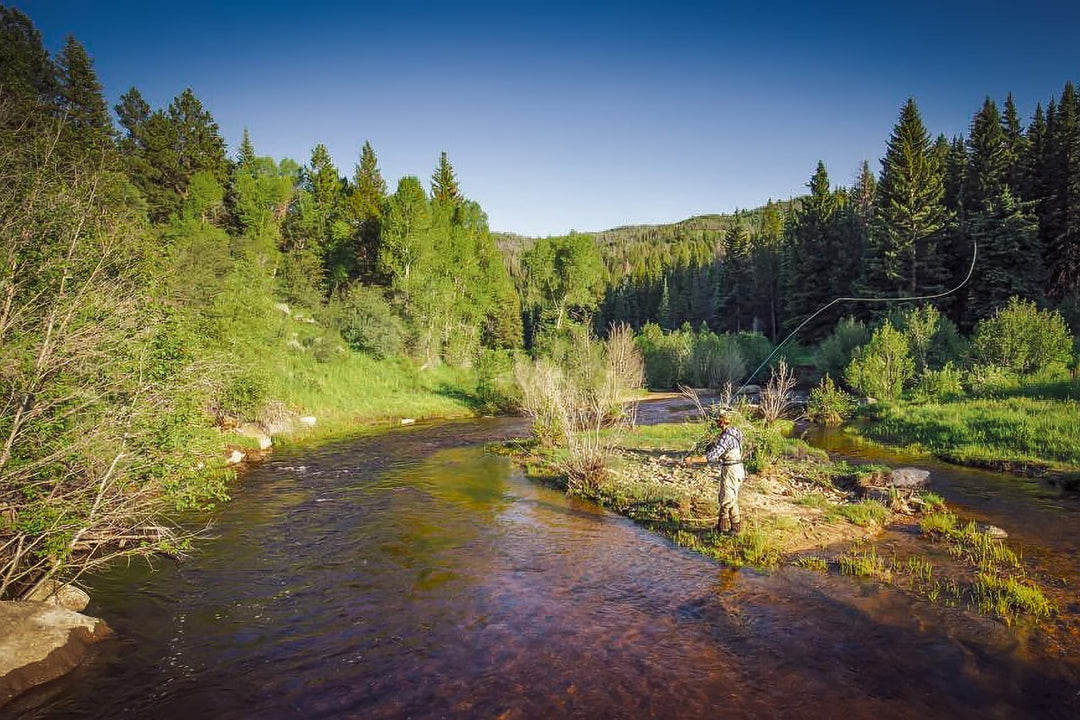Tips & Tutorials

There are a few reasons why purple fly patterns are effective during spring runoff. First, purple is a highly visible color that can stand out even in murky water. As sediment and debris are swept downstream, fish may rely more on their sense of sight to locate food, and a bright purple fly can be just what they need to catch their attention.

Spring is an exciting time of year for fly fishing enthusiasts. As the weather warms up, the fish become more active and start feeding on a wider variety of insects. Here are five tips for better spring fly fishing, along with five fly suggestions to help you hook your next catch.
Continue reading

As fly fishing enthusiasts, we often focus on selecting the perfect fly and rod, but we sometimes overlook the importance of the fly line. The fly line is an essential component of your fly fishing setup, and it's important to know when it's time to replace it.

One of the key techniques for success when fly fishing with midges is to use a midge cluster pattern. A midge cluster is a group of midges tied together on a single hook, creating a more realistic and attractive bait for fish. These flies mimic a group of midges mating or hatching at the same time, and are often effective at attracting fish when nothing else seems to be working.
Continue reading

This month's fly of the month is the leech. We often think of these as blood-sucking worms but they are found in most of the world and can be used effectively on windy days or as an attractor in muddier water.
Continue reading

Foam flies are very versatile fly made with light-weight foam to increase buoyancy to make them float completely. They are less likely to sink, allowing you to twitch them in life-like movements. These patterns represent a big meal for a hungry trout.
Continue reading






